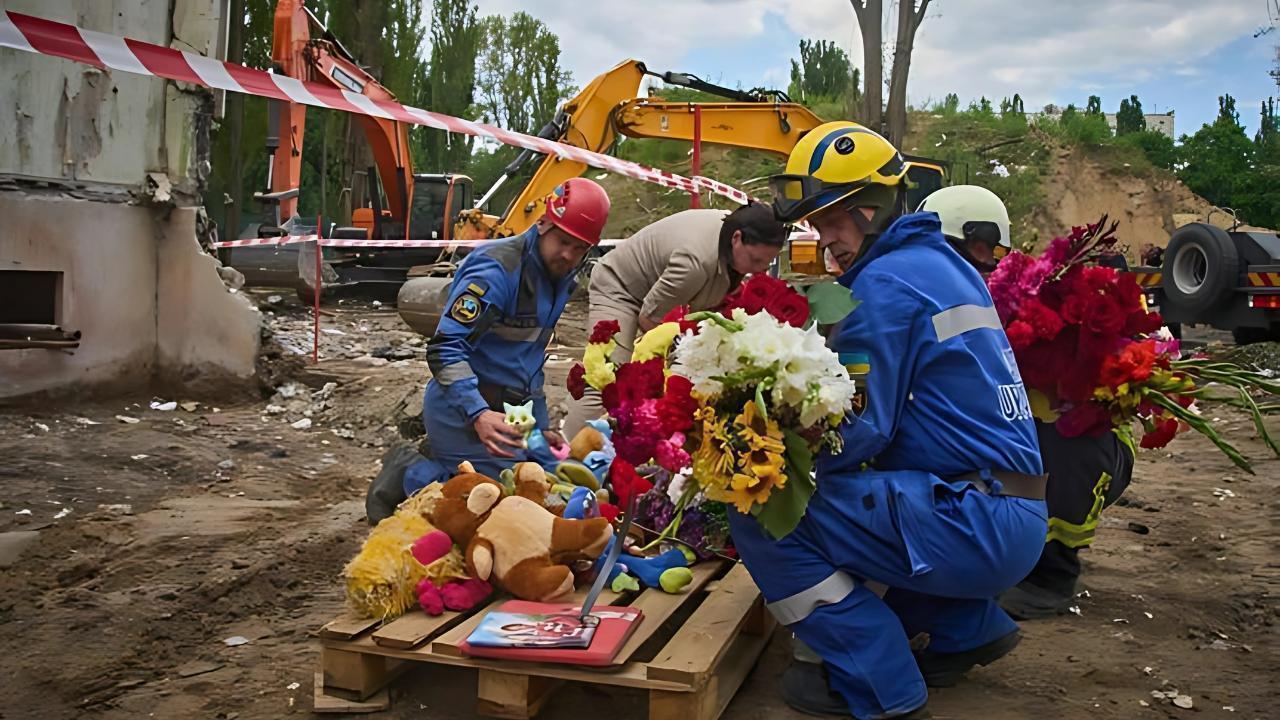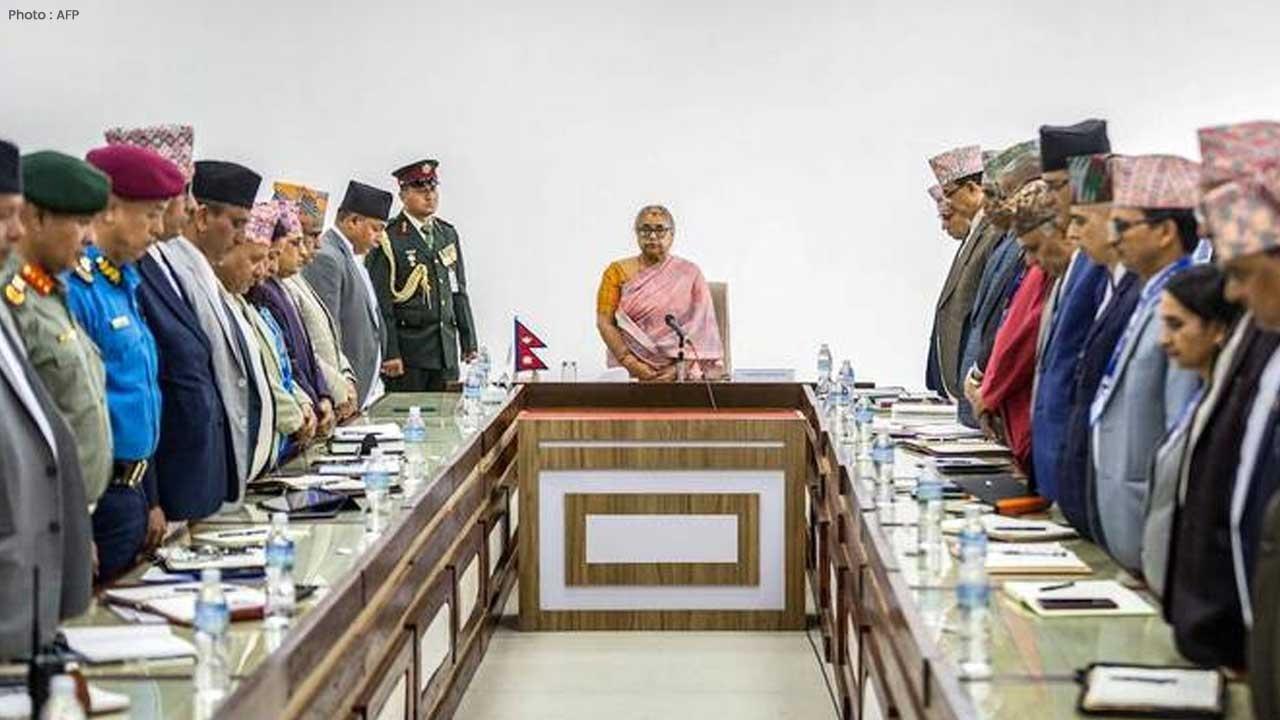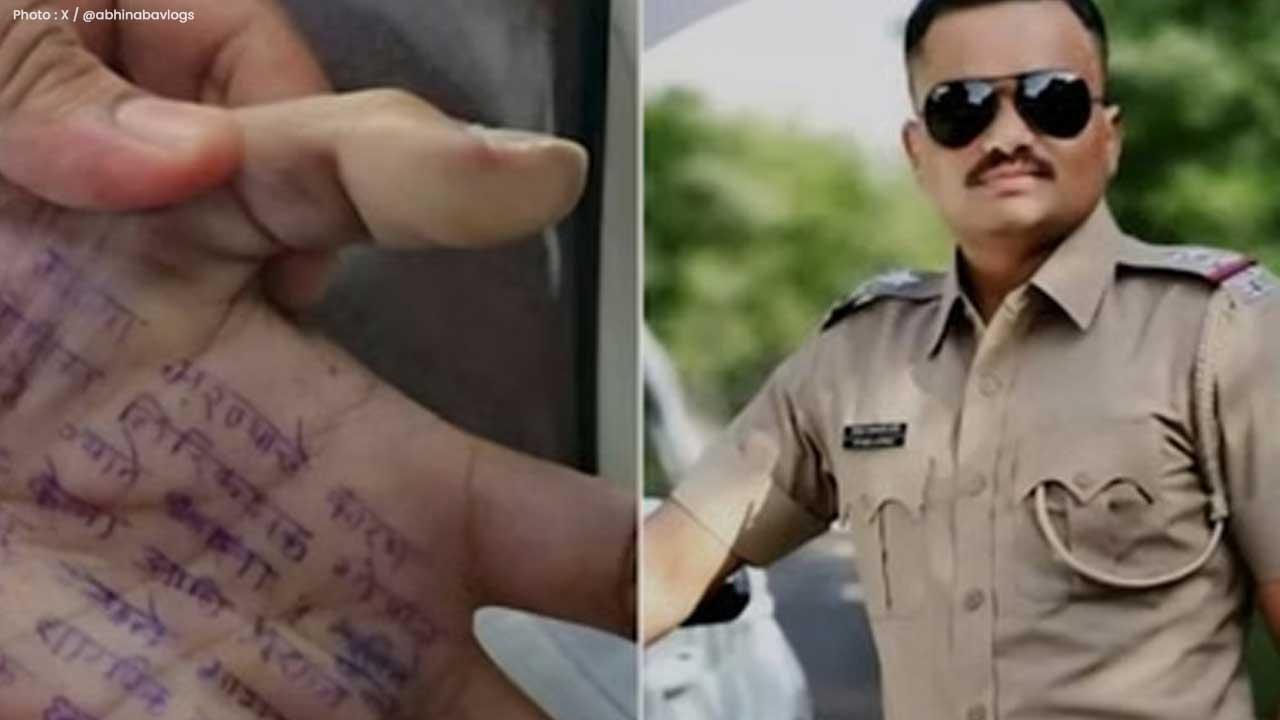
Post by : Priya
Photo:AP
In the early hours of August 2, 2025, Ukraine launched a series of drone attacks deep inside Russian territory, killing three civilians and injuring two others. These attacks targeted multiple regions in western Russia, including Lipetsk, Tula, and the border area of Belgorod. The strikes mark a significant escalation in the ongoing conflict between Ukraine and Russia, bringing fresh challenges to regional security and international diplomacy.
Background of the Conflict and Recent Developments
The war between Russia and Ukraine began in 2014, escalating dramatically in February 2022 with Russia’s full-scale invasion of Ukraine. Since then, both sides have employed various military tactics including missiles, artillery, and unmanned aerial vehicles (UAVs) or drones.
Drone warfare has emerged as a critical feature of this conflict, enabling forces to conduct attacks with precision and reduced risk to personnel. Over recent months, Ukraine’s use of armed drones to strike deep within Russian territory has intensified, as demonstrated by the current attacks that caused civilian deaths in several Russian regions.
Understanding the Recent Drone Attacks
According to Russian officials, in the overnight strikes, Russian air defenses intercepted a significant number of Ukrainian drones, but some drones bypassed these defenses and inflicted casualties and damage. The three confirmed deaths took place in different jurisdictions, highlighting the wide-ranging nature and coordination capabilities of the drone attacks.
This is not the first time Ukraine has used drones to penetrate Russian borders. Earlier in June 2025, Ukrainian forces conducted “Operation Spiderweb,” a covert drone strike on Russian airbases more than 4,000 kilometers inside Russian territory. That operation targeted long-range Russian bombers, causing significant damage and disrupting Russian military capabilities.
The recent attacks on civilian regions raise complex issues, as they underline the conflict’s expansion beyond traditional frontlines, putting civilian populations at increasing risk. Russian authorities condemned these strikes as acts of terrorism against their citizens.
The Tactical and Strategic Role of Drones
The rise of drone technology in warfare has changed military tactics worldwide. Drones offer speed, precision, and the ability to strike with relatively low detection risk. In Ukraine, these weapons have become a vital tool for asymmetric warfare, allowing the country to challenge Russia’s superior military size and reach.
Drones are used not only for direct strikes but also for reconnaissance, electronic warfare, and disrupting enemy logistics. The ability to launch drones that reach deep into enemy territory demonstrates technological advances and strategic innovation.
For Russia, countering UAVs has become an urgent priority. Reports indicate that Russian air defense systems are regularly engaged trying to intercept waves of Ukrainian drones, but no defense system is fully impenetrable, which the recent strikes have proven.
Human Impact and Regional Security Concerns
The deaths and injuries caused by these drone strikes represent a tragic human cost. While Ukraine aims to weaken Russia’s military ability, civilian deaths escalate the humanitarian toll and complicate prospects for peace.
Regions affected by the strikes face growing insecurity and trauma, with ordinary people living under the threat of sudden attacks. The conflict’s spillover into Russian border areas also raises concerns among neighboring countries and the international community about wider instability.
Political and Diplomatic Implications
The escalation of drone attacks comes amid complex diplomatic efforts for peace, including prisoner exchanges and talks brokered by international partners. These attacks could harden positions on both sides, complicating negotiations.
Russia’s government is increasingly framing these attacks as terrorism, consolidating hardline views among its population. Ukraine maintains that its military actions are defensive, aimed at protecting national sovereignty and resisting invasion.
International actors continue to call for restraint and a negotiated settlement, emphasizing the urgent need to end the bloodshed. The rise in drone warfare underscores the necessity for updated international arms control and conflict resolution frameworks.
The Future of the Conflict and Drone Warfare
As drone technology evolves, future conflicts will likely see even more frequent use of unmanned systems. This war serves as a warning about how drones can amplify conflicts, causing damage far beyond frontlines and threatening civilian safety.
Both Ukraine and Russia will continue to invest in drone development and countermeasures. The international community faces the challenge of responding to these shifts in warfare, balancing geopolitical interests with humanitarian concerns.










NBA Friday Recap: Powerhouse Wins for Miami, LA, Milwaukee, and Clippers
Miami, LA Lakers, Milwaukee, and Clippers triumphed in a thrilling NBA Friday, showcasing standout p

Doncic Shines with 49 Points in Lakers' 128-110 Victory over Timberwolves
Luka Doncic dazzles with 49 points as the Lakers secure a 128-110 win against the Timberwolves, show

Kings Triumph Over Jazz 105-104 with Last-Minute Sabonis Effort
The Sacramento Kings edged out the Utah Jazz 105-104, with Domantas Sabonis making the decisive shot

Argentina's Friendly Match Against India Delayed, New Date to be Announced
The friendly match between Argentina and India in Kochi has been postponed due to FIFA approval dela

Rohit and Kohli Conclude ODI Journeys in Australia with a Victory
Rohit Sharma and Virat Kohli bid adieu to Australian ODIs with a final win, forming a 168-run partne

George Russell's Wrestling Mask Antics at Mexican Grand Prix
George Russell donned a wrestling mask to enjoy the Mexican Grand Prix from the stands, providing a